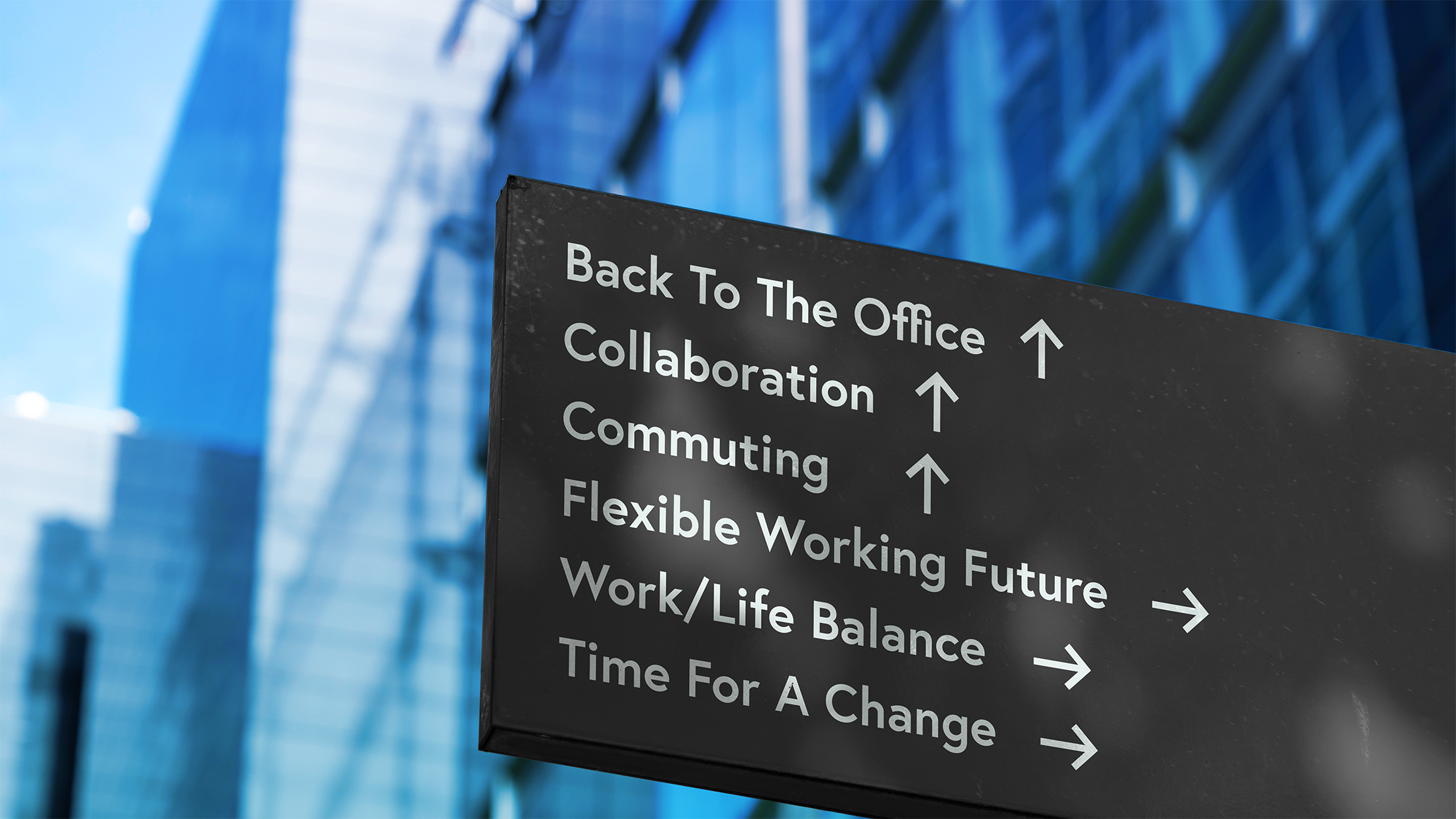
It’s no secret that the workplace can be a significant source of stress for many employees. You only need to look at the past two years of disruptions to workforces around the world caused by the pandemic and the subsequent global economic crisis.
Gallup’s State of the Global Workplace: 2022 shows that at the height of the pandemic in 2020, 43% of workers reported high levels of stress throughout the workday — an all-time high since 2019. This percentage would increase even further in 2021, with 44% reporting high levels of stress. Whether the stress is work-related or due to domestic affairs spilling into work, one thing’s for sure: stress affects employee well-being and mental health.
And while some amount of stress is normal and even necessary for peak performance, too much can lead to burnout, absenteeism, and a host of other problems. That’s why it’s so important for employers to do what they can to support their workers’ well-being and mental health.
What makes employee well-being and mental health important?
Employee well-being refers to the overall health and wellness of your employees. It’s influenced by multiple factors, such as — but not limited to — the following:
- People’s relationships with their colleagues and leaders
- Their work environment and conditions
- Their work-related decisions
- Job satisfaction
- Access to tools and resources.
Employee well-being includes factors such as physical, economic and mental health — the last of which has received intensified focus over the last few years.
Employee mental health explained
Employee mental health refers to the psychological state of employees and how this affects their work performance and well-being. Mental health includes factors like stress, anxiety, depression, and substance abuse. It can also be impacted by things like work-life balance, job satisfaction, and social support at work.
Why you should include mental health in your employee well-being programme
Employee mental health plays a crucial role in the success of employers for several reasons.
- Mental health problems like anxiety, insomnia and burnout can lead to absenteeism and presenteeism, which can impact productivity and profitability.
- Poor mental health can also lead to an increased risk of accidents and human error.
- Employees who receive genuine mental health support are less likely to quit.
Finally, supporting employee mental health is simply the right thing to do. Employees are people too, and they deserve to be supported in all aspects of their lives — not just at work.
Unfortunately, many employees feel that companies need to do more to provide effective mental health support.
For instance, a McKinsey & Company study reveals that employers and employees have differing perspectives on mental health in the workplace. This disconnect was especially pronounced across areas of mental health support:
- Employer support for mental health: 65% of employers feel that their organisation supports mental health well or very well. Only 51% of employees felt the same way. The percentage is even lower for frontline workers — 27% agree their employers support workplace mental health.
- Access to mental health support: 31% of employers say that improving access to mental health treatment is a priority. 67% of employees agree that it is challenging to access mental health care.
- Workplace stigma: In the last year, 23% of employers have implemented a workplace awareness campaign to fight the stigma of mental health. 79% of employees agree that these campaigns would be valuable.
5 Things employers can do to support their employees’ mental health and well-being
Mental health and well-being in the workplace is a complex issue that rightfully deserves careful consideration of your organisation’s culture and your employees’ needs. While there is no one-size-fits-all approach to supporting workplace mental health, there are a few best practices that can work for any company.
1. Encourage open communication about mental health
Make it clear to your employees that you’re open to talking about mental health issues and that you’re there to support them. This can help break down the stigma around mental health and make it easier for employees to seek help if they need it.
Cloudbooking tip: As with any effort that goes towards transforming workplace culture, raising mental health awareness begins at the top of your organisation. Top-down communications can help send people the message that your company understands the stigma surrounding mental health in the workplace. Of course, you need to follow through with concrete steps that enable employees to speak up and seek help at any time.
Yet despite the power of top-down communication, McKinsey & Company’s research shows that only a quarter of the companies they surveyed used C-suite-led messaging as a tool for mental health-related communication. In other words, take this as an opportunity to do better and stand out.
Related Reading: Enhancing Workplace Culture for a Hybrid Environment
2. Offer wellness programs, benefits and access to mental health resources
Wellness programs can help employees reduce stress, improve their overall health, and boost morale. Some examples of wellness programmes you could offer include on-site fitness facilities, gym memberships, yoga classes, stress management workshops, and more.
When it comes to mental health, make sure everyone knows they can always access mental health resources, whether it’s a mental health support group, counselling services, or an employee assistance programme (more on this later).
Cloudbooking tip: One of the biggest mistakes many employers make when implementing wellness programmes is to base their structure and benefits on what they think their people want or need. This often leads to employees not using the wellness programme altogether, or worse feeling alienated by it.
When in doubt, talk to your team members, whether it’s through a needs and interest survey or focus group session, to ensure your efforts align with their mental health and well-being concerns.
3. Support a healthy work-life balance
Encourage your employees to eat healthily, exercise regularly and get enough sleep. You could do this by offering healthy food options in the workplace, hosting fitness challenges, or holding educational seminars on health and wellness.
Cloudbooking tip: It’s not enough to teach your employees how to maintain a healthy work-life balance. You need to create systems that actually support better work-life balance, whether it’s flexible working hours, subsidised gym memberships or an employee assistance programme (EAP).
EAPs are particularly effective at generating positive outcomes. They are designed to assist staff members with a wide range of personal and work-related problems, ranging from mental health at work, burnout, job performance, domestic issues and even legal issues.
A study by the National Behavioral Consortium of 56 EAP vendors found that 86% of EAP users saw clinical improvements after receiving help. EAP usage also led to increased work productivity (86%) and lower levels of absenteeism (64%).
4. Encourage people to take time off from work
A 2020 study of 2,000 British office workers by Spana — a charity that provides free veterinary services to working animals in developing countries — found that taking time off from work every 43 days ( six weeks) was necessary to avoid burnout. What’s more, the study shows that seven out of 10 British workers don’t feel the need to go on an overseas holiday to recuperate — they’re happy to rest at home.
Whatever the case, employers can support their employees’ well-being and mental health by providing regular reminders to take time off.
Cloudbooking tip: Some employees avoid taking time off from work because they feel leaving, even for just a few days, will cause things to fall apart or cause tasks to pile up while they’re away.
The best way employers can address these concerns is by building processes and systems that don’t rely on employees being around at all times.
5. Offer flexible working arrangements
Another way to promote a healthy work-life balance is to offer flexible working arrangements. This could include things like hybrid working, remote working, flex time and compressed work weeks (e.g, Tuesdays, Wednesdays and Thursdays TWAT days schedule).
Related Reading: The Future of Working from Home: Hybrid Office or Remote Work?
Cloudbooking tip: Whatever approach your company takes to flexible working, it’s important to ensure that your office spaces and facilities can keep up with new ways of working. For instance, research by Microsoft shows that 62% of companies are planning a redesign of their office spaces for hybrid work.
At Cloudbooking, our workspace management software enables workers to book desks and meeting rooms before they arrive at the office. For hybrid teams, this prevents team members from jockeying for space as they shuttle back and forth between in-office and remote work.
How to monitor employee mental health and well-being
Rolling out wellness initiatives is just half of what it takes to support workplace mental health. Employers also need to pay attention to their workers’ habits, behaviours and feedback to understand their overall well-being. Here’s how you can do just that.
1. Calculate your employee net promoter score (eNPS)
One sign your employees feel well and happy at work is that they’re willing to recommend your company to their peers.
This eagerness to recommend you can be quantified through an Employee Net Promoter Score (eNPS) — a system for measuring the likelihood of employees recommending you as an employer using a scale of 0 to 10. It’s based on the Net Promoter Score (NPS), a metric for measuring customer satisfaction created by Fred Reichheld, a partner at Bain & Company.
eNPS is by no means a comprehensive indicator of employee well-being, but it can be used in conjunction with other metrics and key performance indicators (KPIs) that measure how engaged your employees are.
Related Reading: How to Build Employee Engagement, Satisfaction, and Increase Staff Retention
2. Conduct employee engagement surveys
Employee engagement surveys are perhaps the most commonly used method for acquiring deep HR insights into the factors driving employee well-being and happiness in your company and the factors that might be stifling it.
There are generally two methods of initiating employer engagement surveys:
- In-house or initiated by the employer.
- Through a third-party survey company.
Each option has its pros and cons. In-house surveys are quick and cheap to deploy. However, third-party survey companies can ensure the impartiality and anonymity of surveys, helping acquire more insightful survey results.
Whatever the case, your survey should, at the very least, tackle these issues:
- Employee engagement
- Organisational commitment
- Job satisfaction
- Well-being and mental health
Related Reading: Building an Employee Engagement Strategy for 2022
3. Stay and exit interviews
A “stay” interview is a one-on-one interview between an employee and manager that seeks to understand what makes your staff want to keep working for the company. If you’re planning on calculating your eNPS, a stay interview is a perfect opportunity to talk about it with your staff.
An exit interview, as the name suggests, focuses on understanding the reasons why people leave the company. These interviews offer a deeper look into your company culture, daily processes, management styles, and employee morale.
These interviews are not about measuring employee sentiment per se but are rather about understanding your employees’ motivations and drivers of satisfaction.
Bring it all together
Remember, supporting your employees’ well-being and mental health is not only good for them but it’s also good for business. Healthy, happy employees are more productive, have lower absenteeism rates, and are less likely to leave their jobs. So, it’s in your best interest to do what you can to create a supportive workplace environment.
Find more insights about workforce management by following the Cloudbooking blog. If you need a cloud-based solution to enable flexible working and support your employees’ well-being, get in touch with the Cloudbooking team to learn more about our workplace management platform. Schedule an obligation-free demo to learn more.


